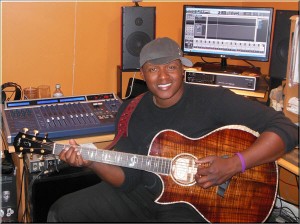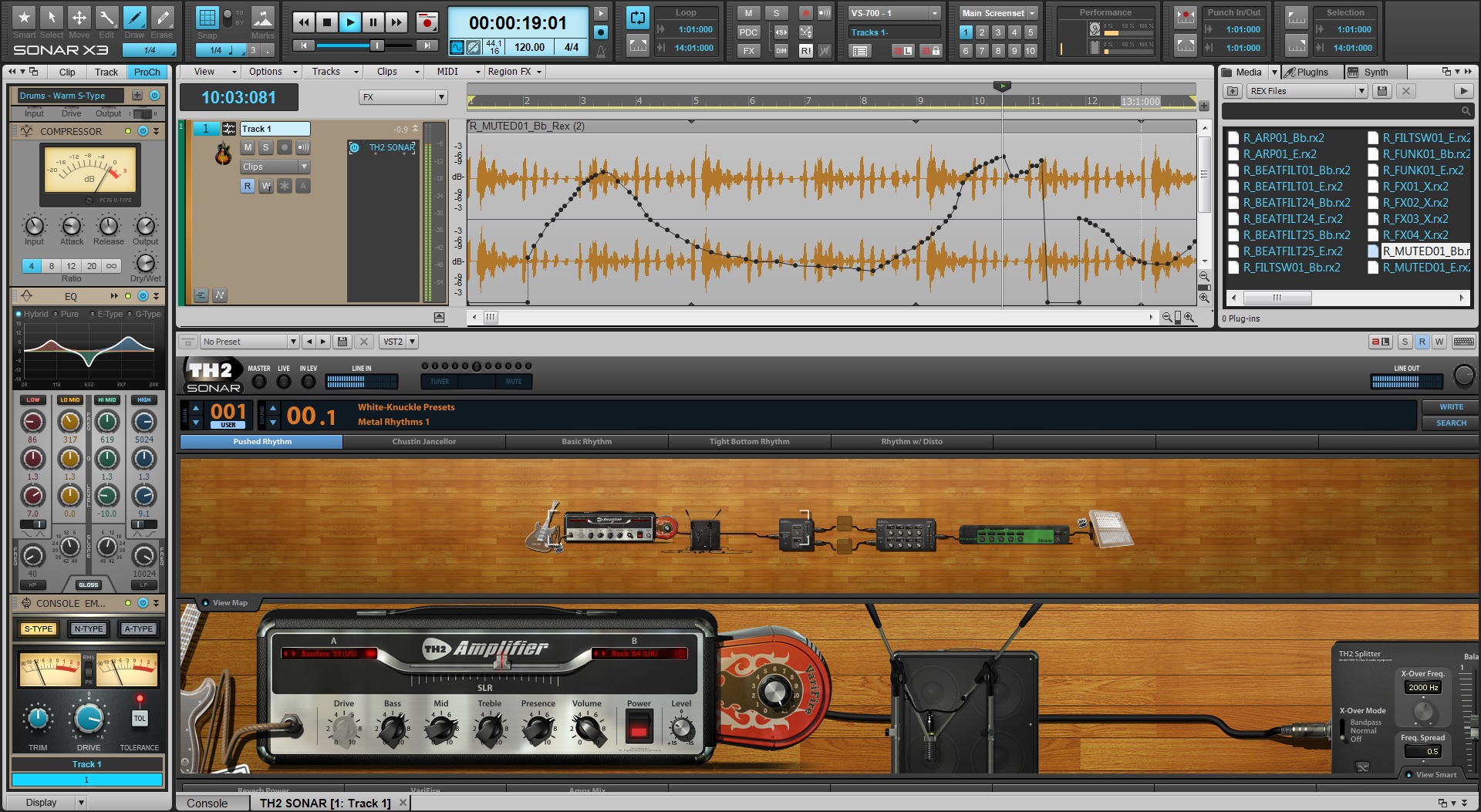Songwriting is such an intricate art-form. Some approach it seriously, while others find their best work casually writing with others in a lighter atmosphere. There are a lot of moving parts, and in my opinion a lot of magic and unexplainable voodoo that go into a song that simply resonates with the general public for unexplainable reasons. Do you think Afroman thought his song “Because I Got High” would have over 45 million views on YouTube when he wrote it? https://www.youtube.com/watch?v=WeYsTmIzjkw
There are so many different and interesting ways to write songs, and SONAR is a DAW that literally becomes your writing partner. From inspiring drum grooves with Addictive Drums, to the ease of workflow with loops, to quickly shaping sounds to inspire a more creative path, SONAR is way more than your industry-standard “recording” software. It’s a place you go to when you want to creatively craft a masterpiece. We thought it would be interesting to hear from some day-in-day-out professionals who depend on SONAR for their livelihood.
Javier Colon
Singer-songwriter
Major Label Recording Artist
International Touring Artist
Winner of Season 1 “NBC’s The Voice”
Cakewalk Artist Relations: What is your main approach to songwriting?
I’m usually an acoustic guitar guy when it comes to songwriting but sometimes I’ll sit at the piano and get inspired and start writing. I’ve worked with a lot of producers and songwriters that build a track and then write to it – we’ve come up some great songs that way too.
Cakewalk Artist Relations: How does SONAR help with the songwriting process?
Javier: SONAR helps me tremendously when writing because it’s so flexible; you can change things in a session as quickly as you can change your mind – this really helps the songwriting process. When I write a song there is a constant process of elimination. I’ll think of a line, and I might like it for a minute, and then toss it out. There are also ideas that I absolutely know will make it into the song. I constantly record as I go so I don’t forget ideas that I really love – SONAR’s arranging workflow really keeps this process creative and easy for me in terms of songwriting.
Also, X3’s looping and comping functions really help with songwriting. I record chord progression loops so I can come up with melody ideas in real time. Then I’ll go back and audition all the ideas easily to get a good idea of what melodies are better than others. SONAR X3 has really been a great tool for songwriting for me.
Cakewalk Artist Relations: What is one of the recent songwriting successes or projects you have had or really enjoyed? What was the workflow or songwriting process like for that?
Javier: I recently wrote with a good friend of mine, Josh Kelley Continue reading “How Cakewalk Pros use SONAR X3 for Songwriting”






